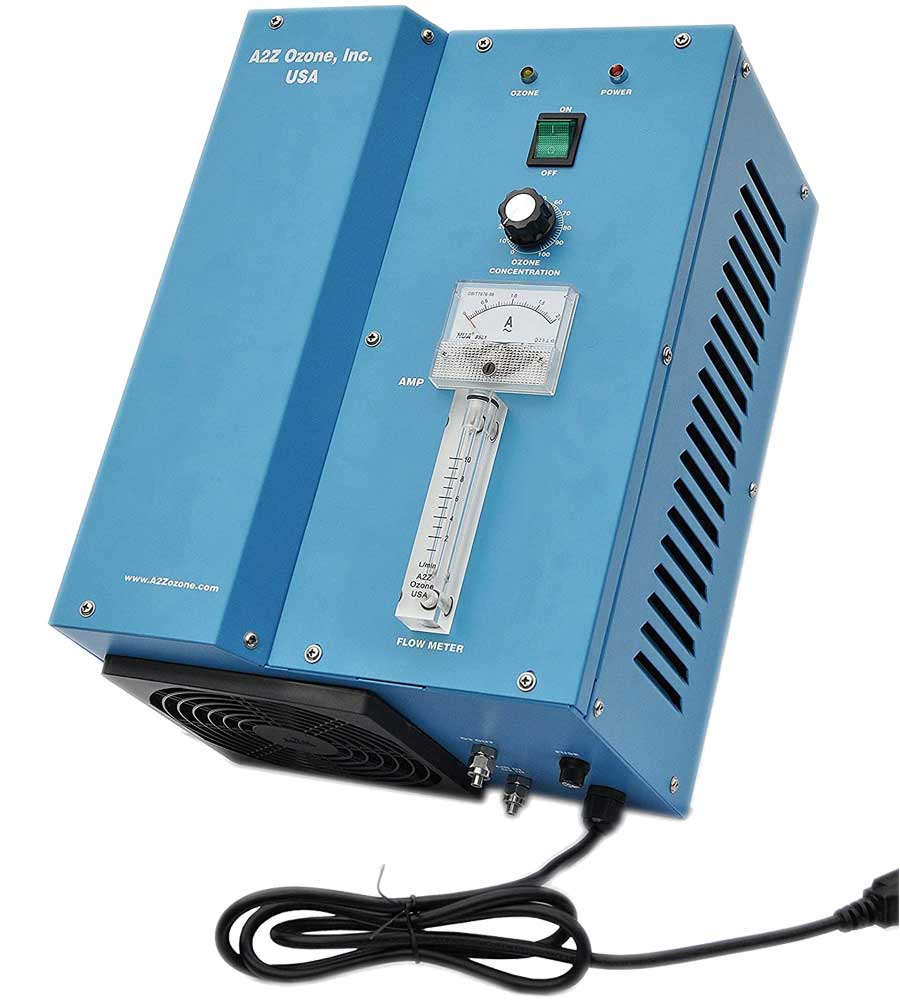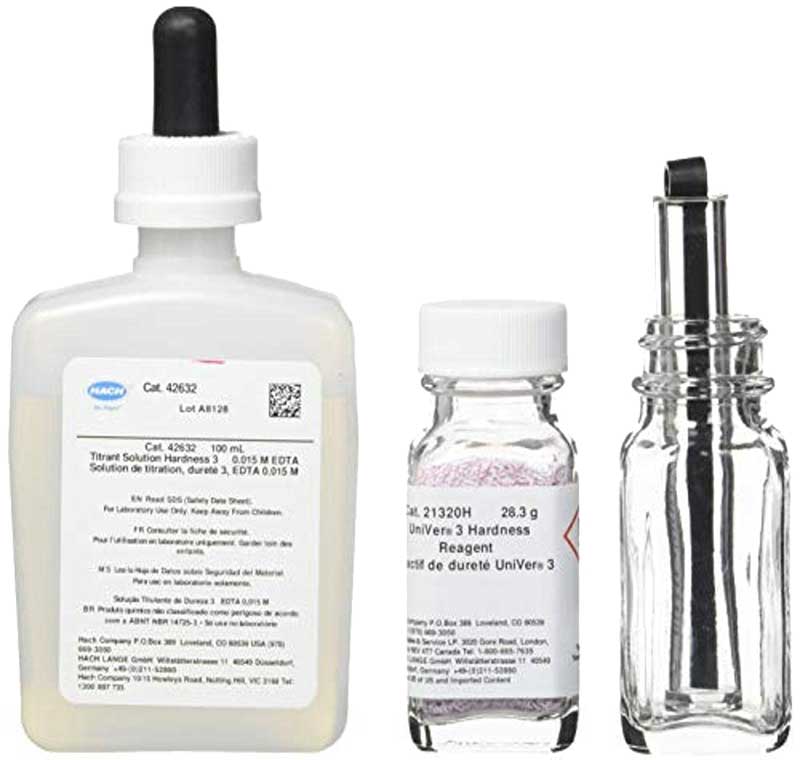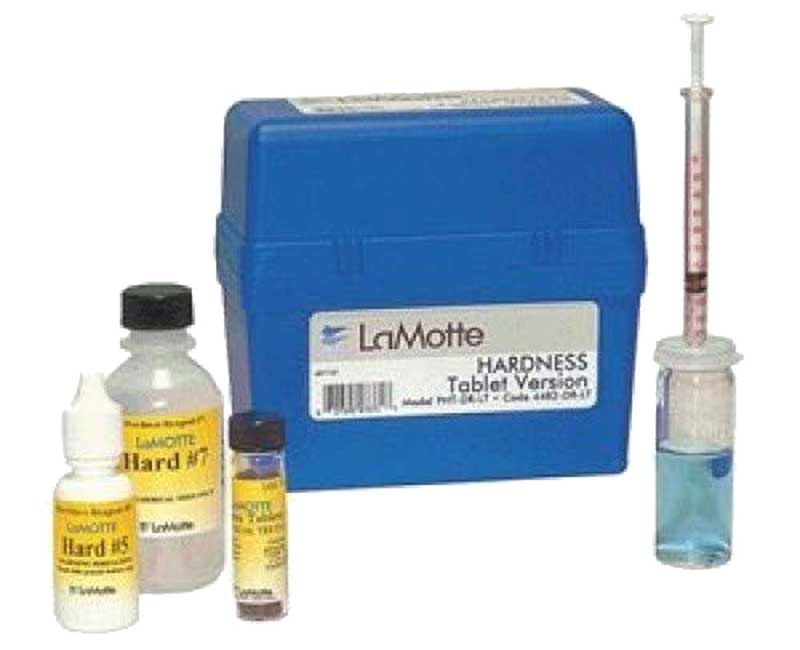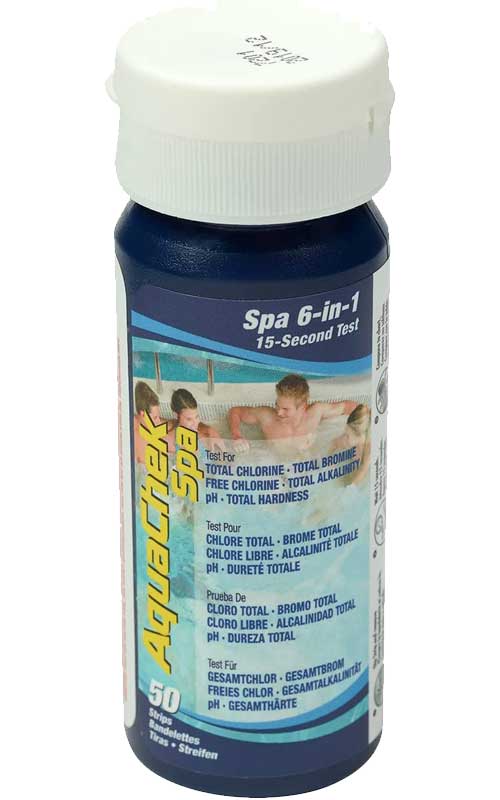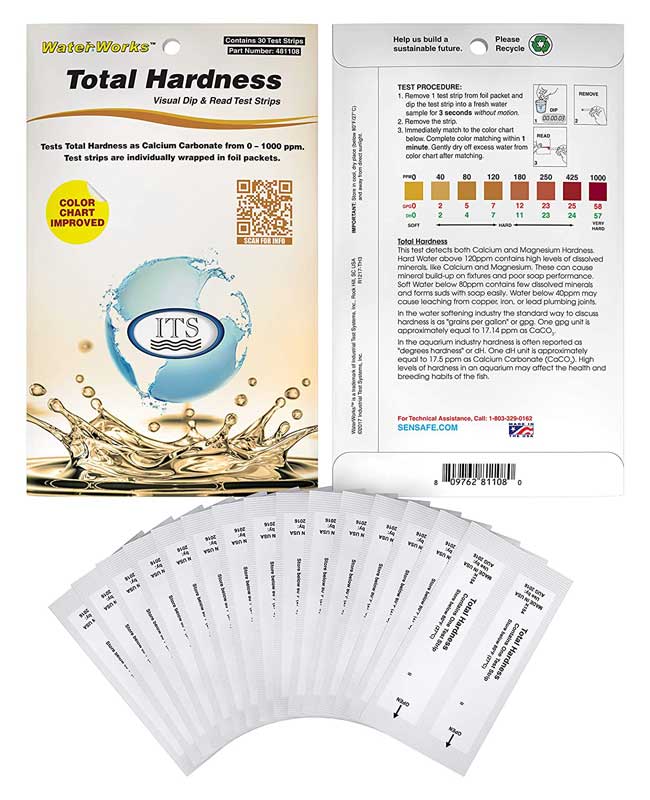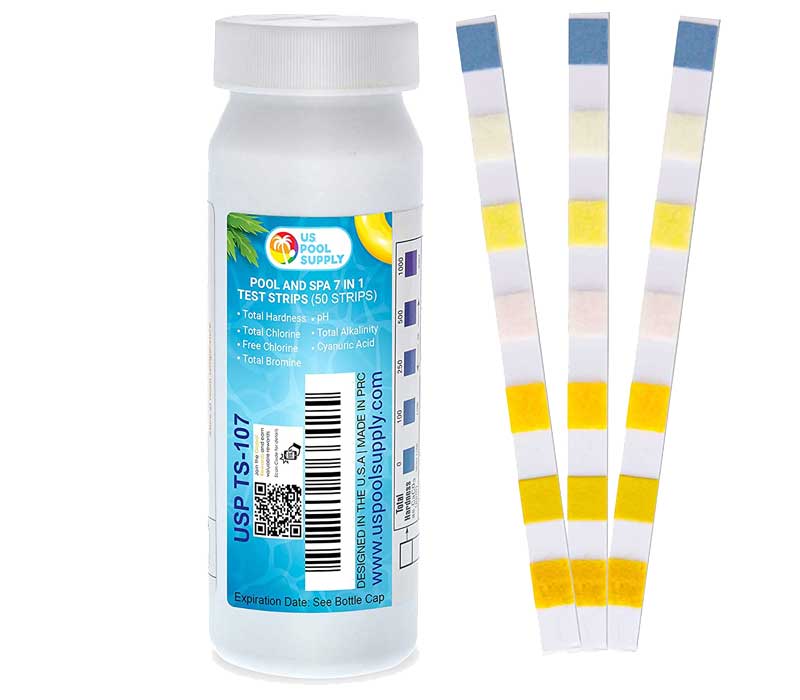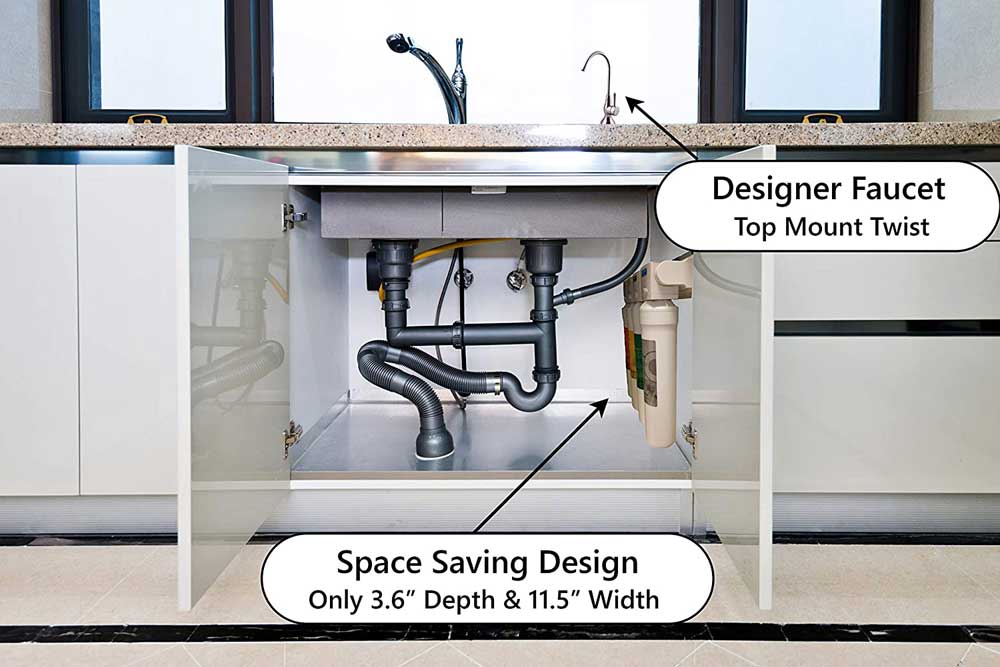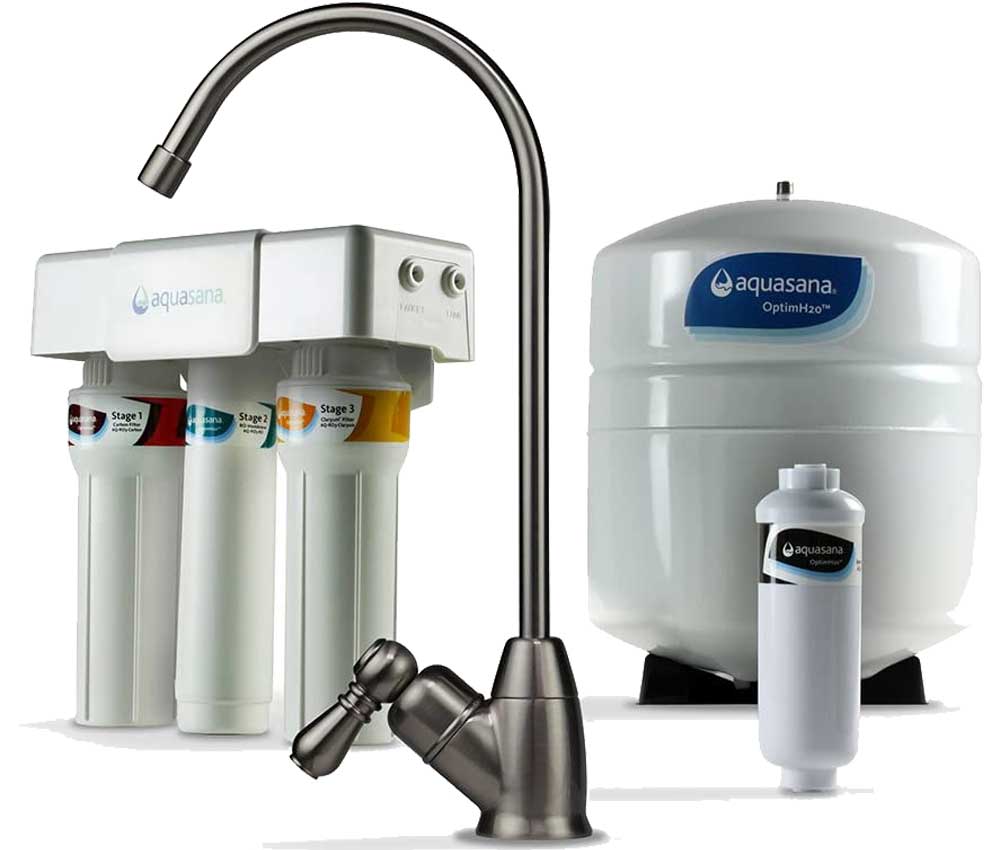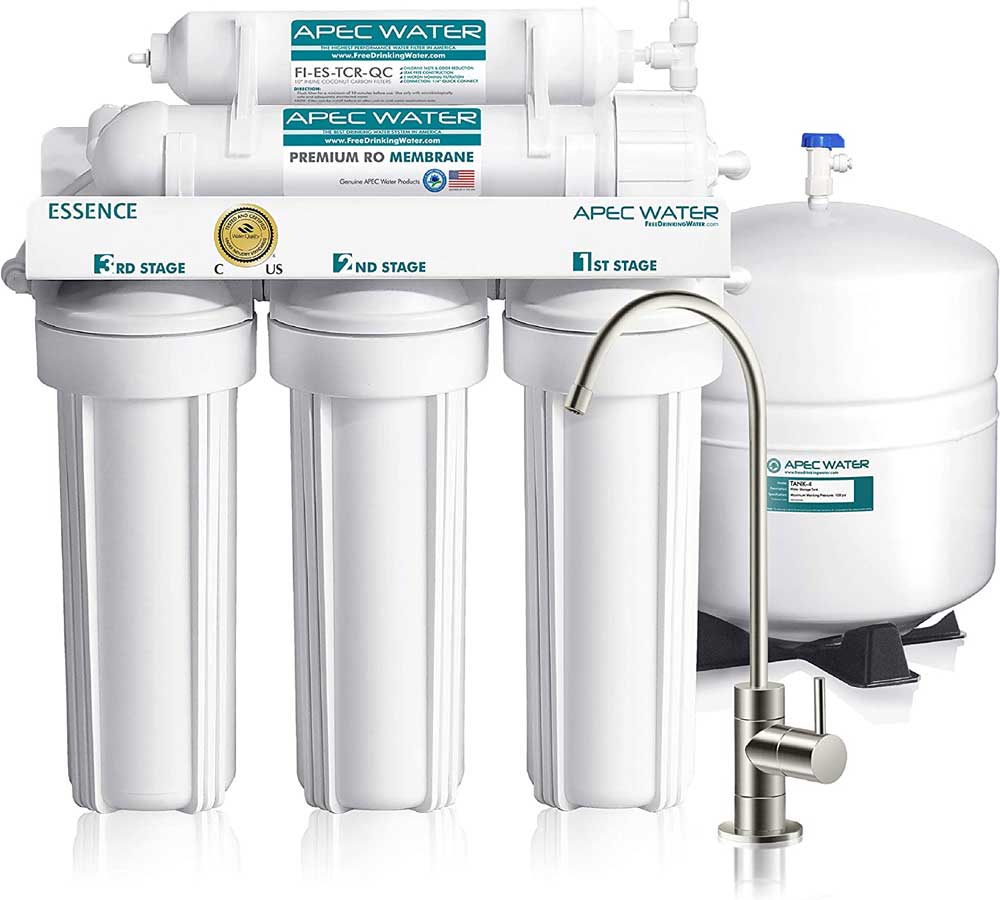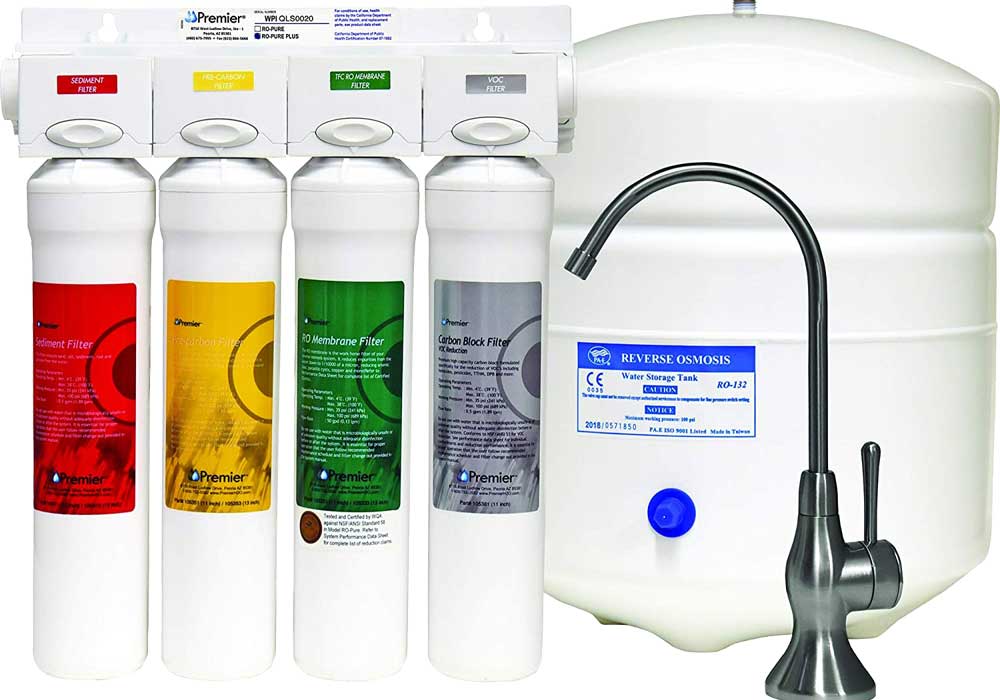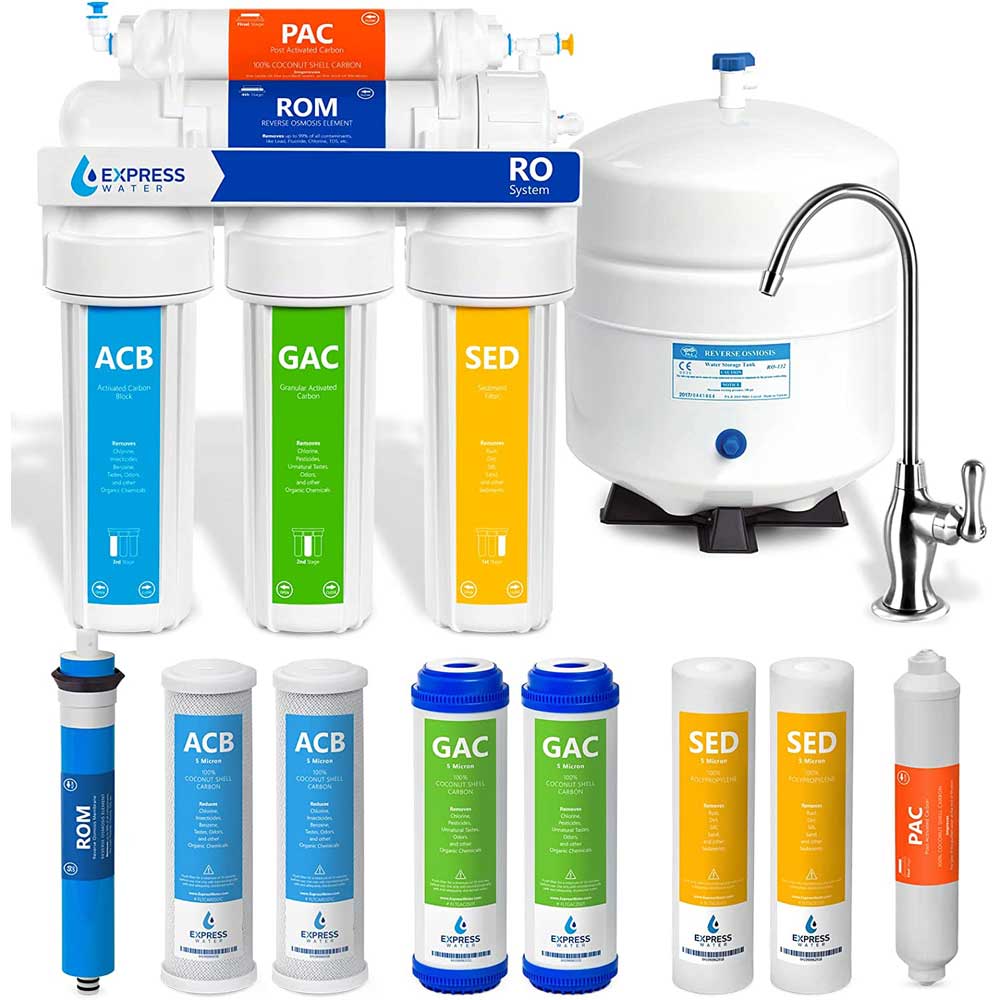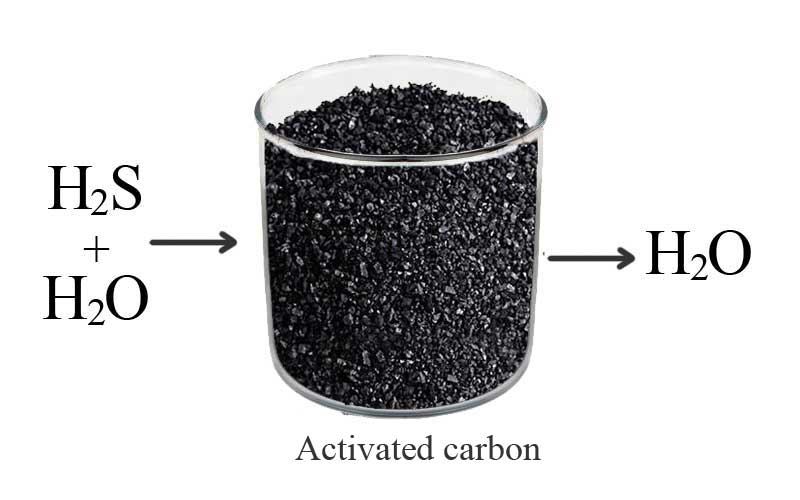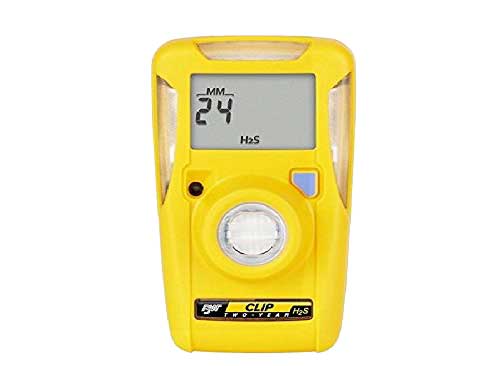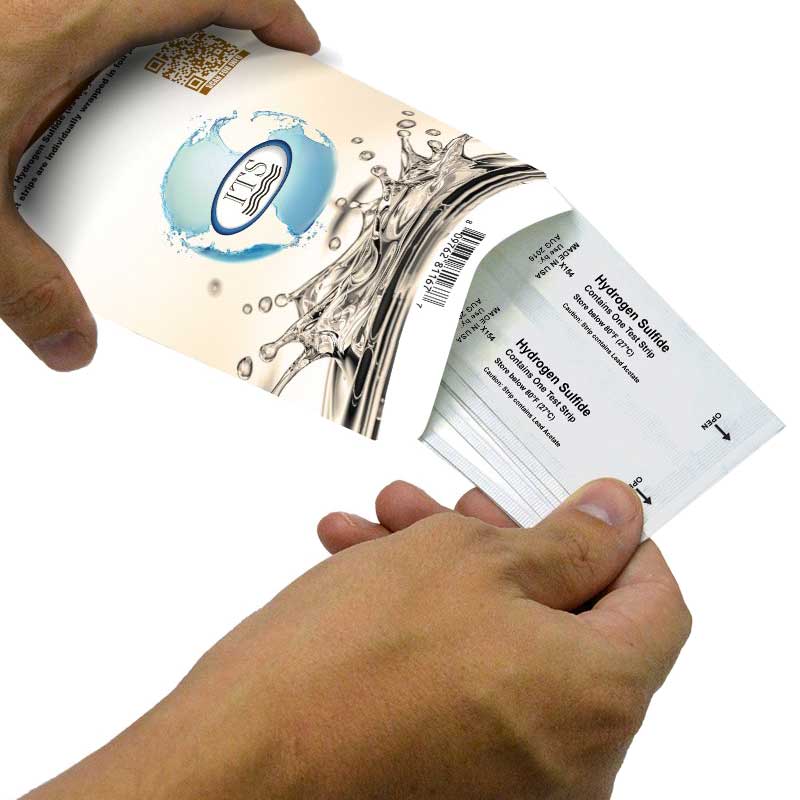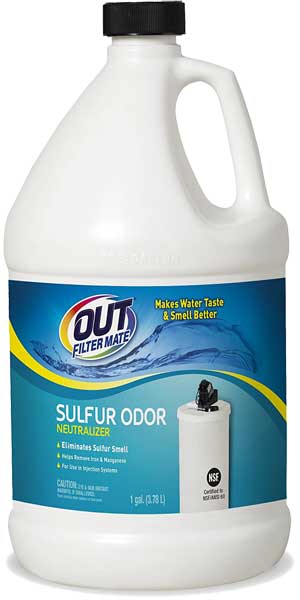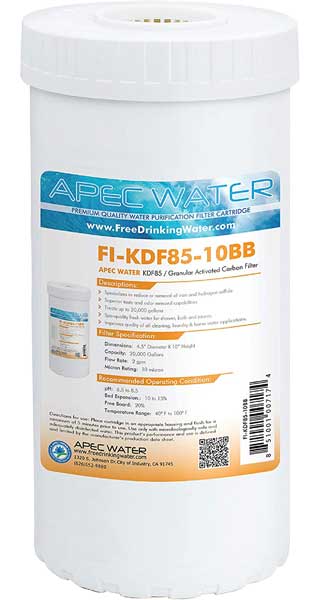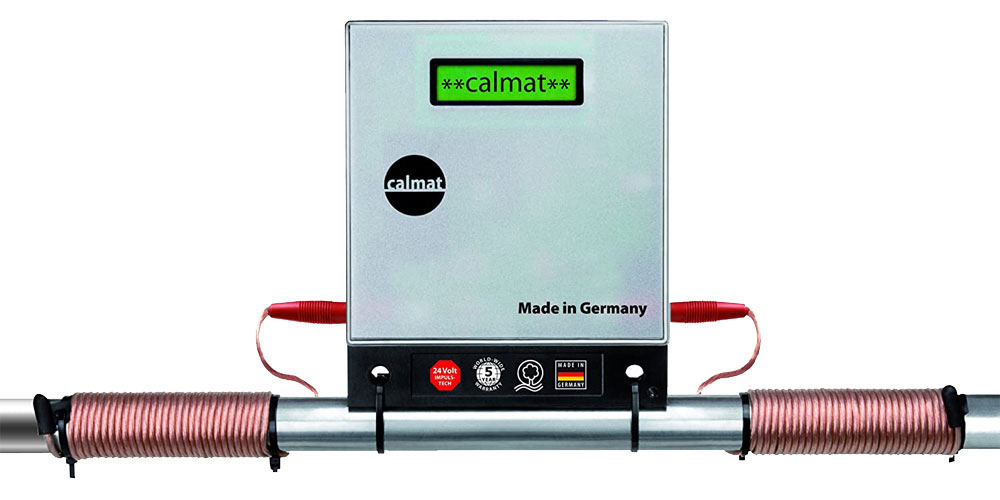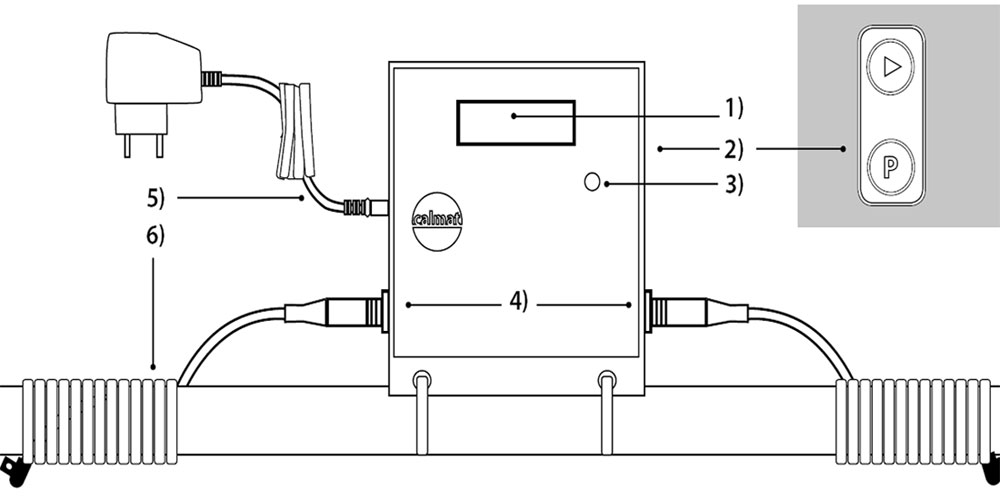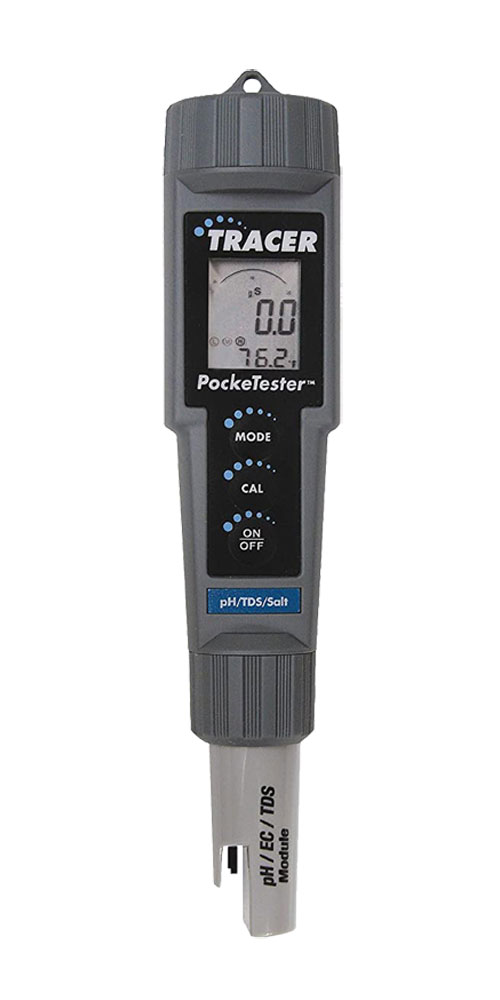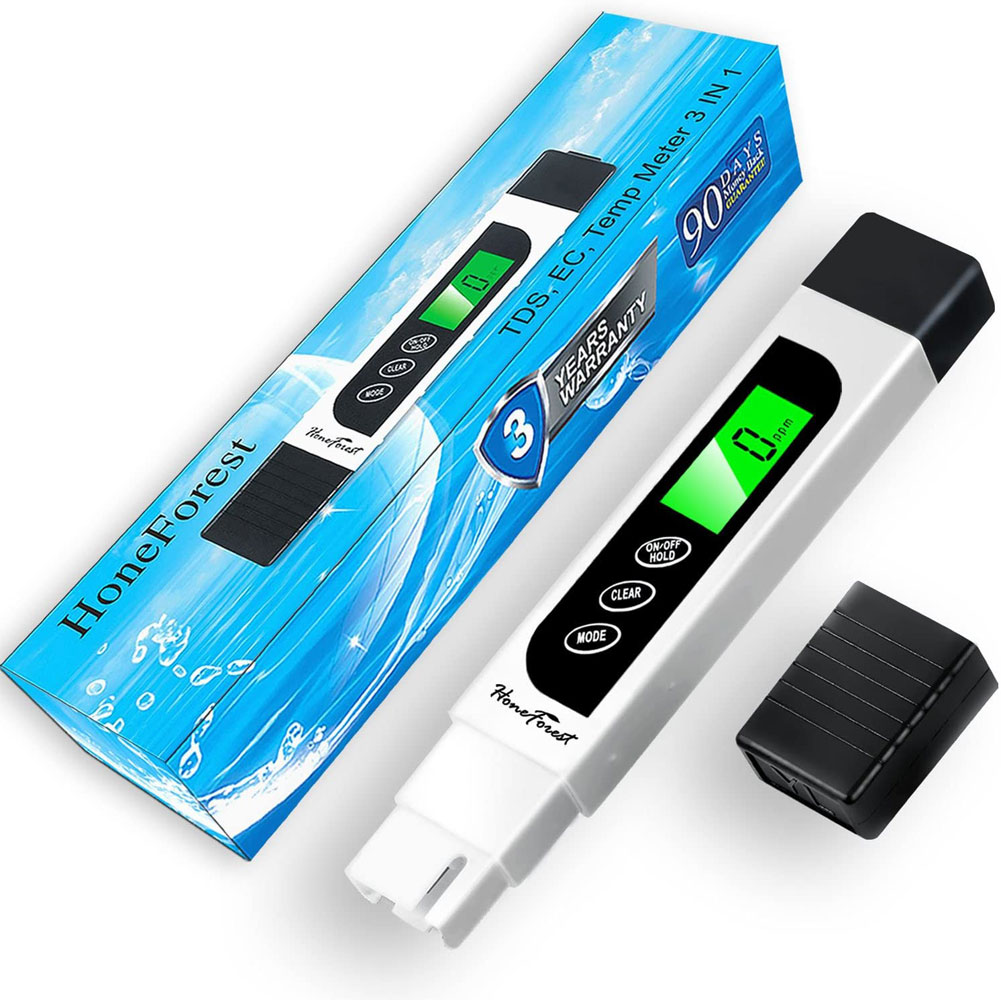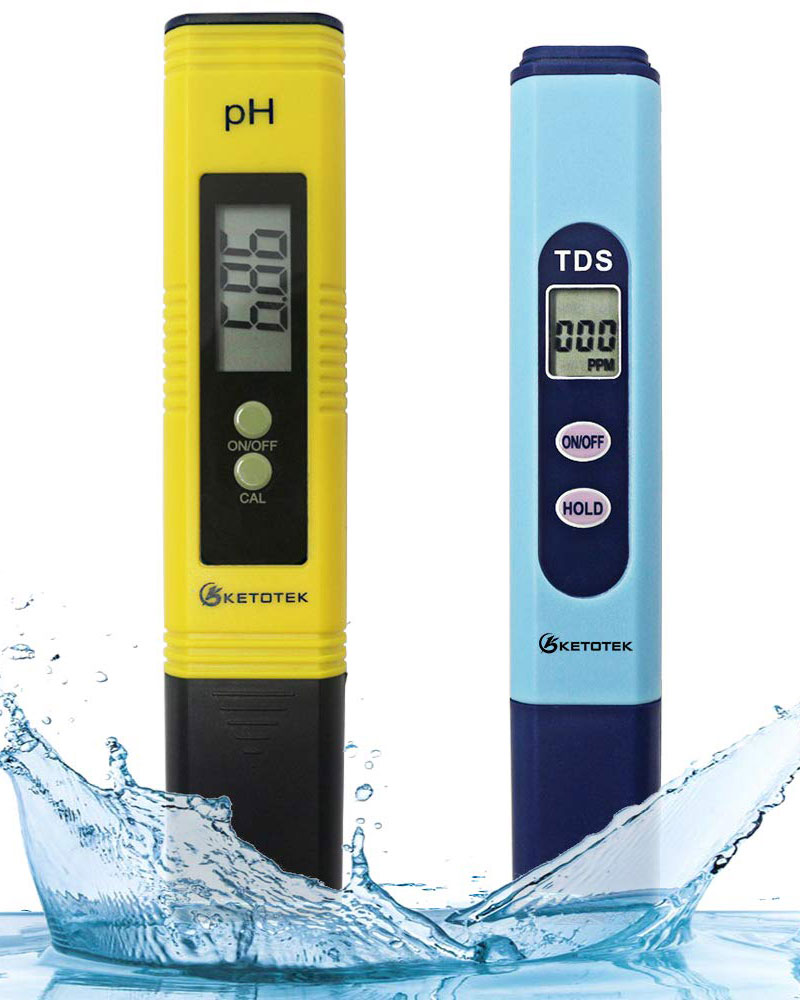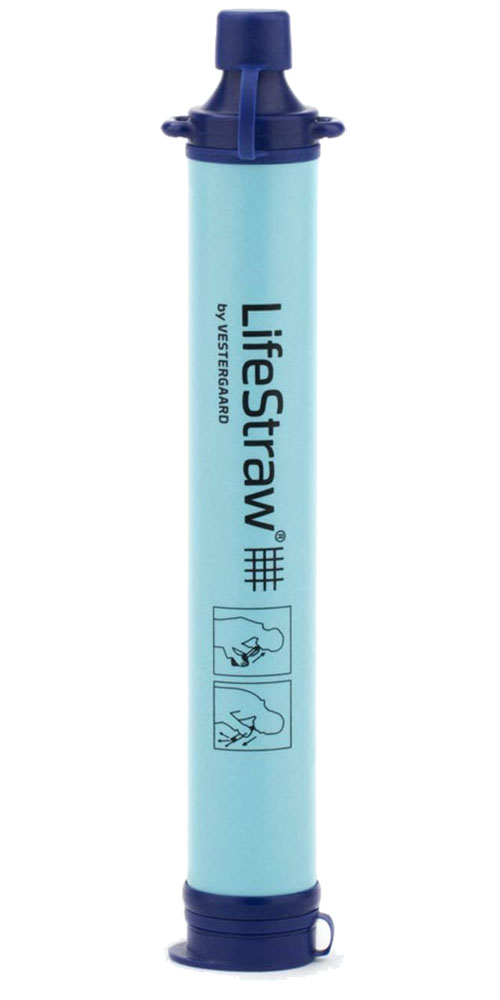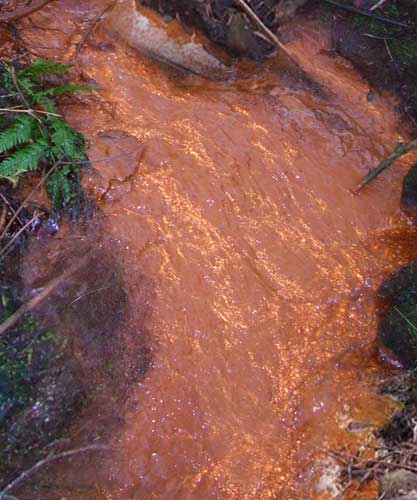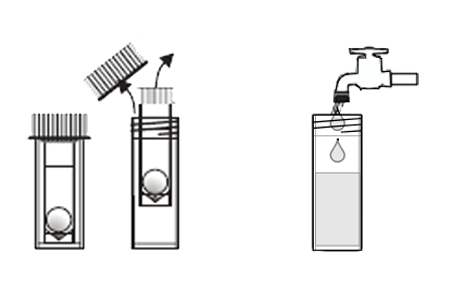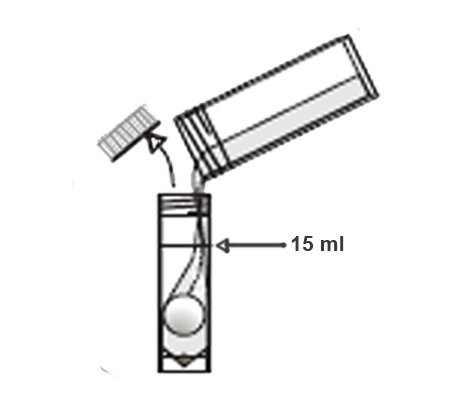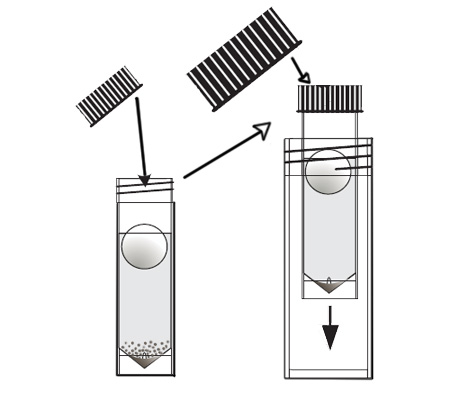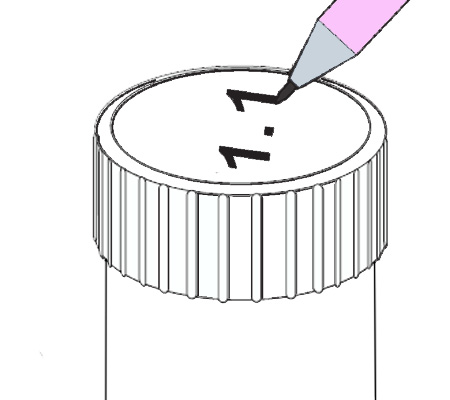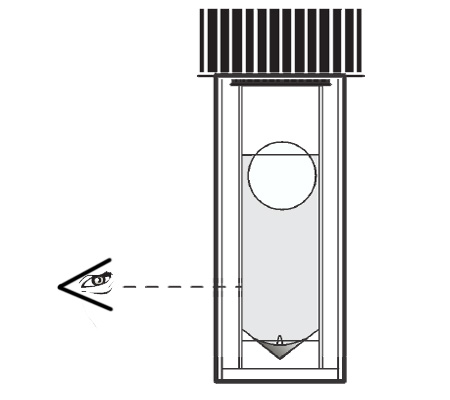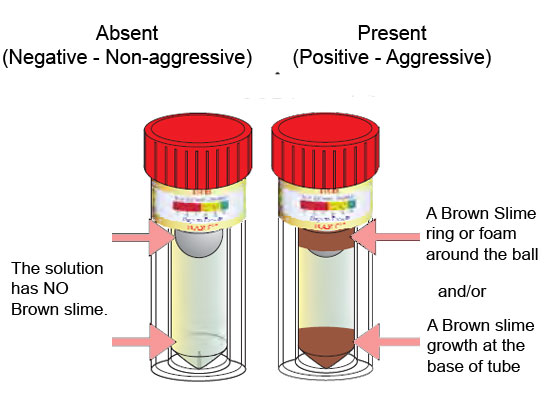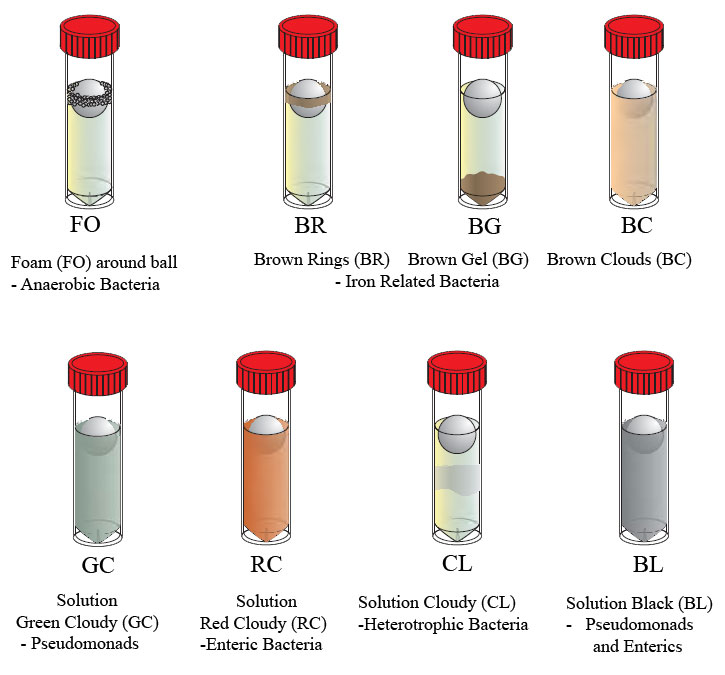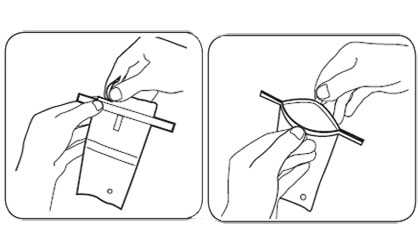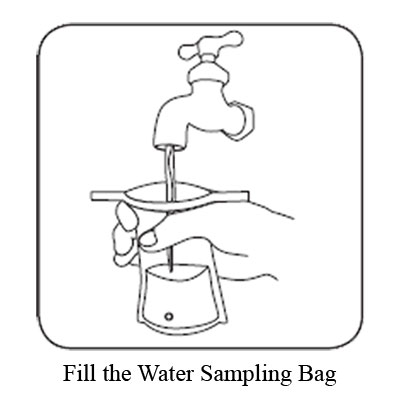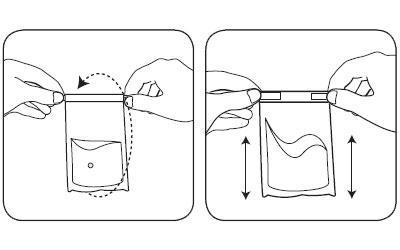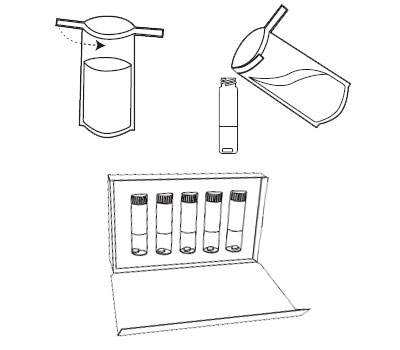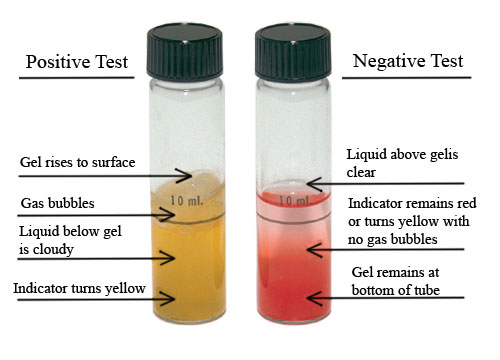Are you looking for a way to save time and money on your pool maintenance? If so, ozone pool systems may be the perfect solution for you! Ozone systems use oxygen to destroy bacteria and algae, which means that you will spend less time cleaning your pool and less money on chemicals. It is also a great way to reduce the chlorine odor in your pool. Ozone pool systems are easy to install and operate, and they can be a great addition to your pool. In this article, we will discuss the benefits of ozone pool systems and how they can help you improve your swimming experience.
What is an ozone swimming pool system?
An ozone swimming pool system is a type of water purification system that uses ozone to destroy bacteria, viruses, and algae. Ozone is a powerful oxidizer that is produced by ultraviolet light or electrical discharge. It is effective at killing microorganisms because it breaks down their cell walls and destroys their DNA. Ozone swimming pool systems are becoming increasingly popular because they are a more natural and environmentally friendly way to purify pool water.
Ozone pool systems offer a number of benefits that can save you time and money. First, ozone systems are much more effective at destroying bacteria and algae than traditional chlorine systems. This means that you will spend less time cleaning your pool and less money on chemicals. Additionally, ozone systems do not produce the harmful byproducts that chlorine systems do. This means that your swimming experience will be much safer and more enjoyable.
Ozone is also a great way to reduce the chlorine odor in your pool. Ozone will react with the chlorine in your pool and break it down into oxygen, which will help to eliminate the chlorine smell.
How do you install an ozone pool?
Ozone pool systems are easy to install and operate. Most systems come with everything you need to get started, including an ozone generator, a controller, and tubing. Simply connect the generator to your pool’s filtration system and turn it on. The controller will automatically cycle the ozone on and off, depending on the chlorine levels in your pool.
What is a pool ozone generator?
Ozone generators are simple devices that produce ozone gas. The gas is then injected into your pool water through a small hose. The ozone gas will react with the chlorine in your pool and break it down into oxygen. Ozone generators are safe to use and are not harmful to humans or animals. Ozone is a natural disinfectant and is not corrosive like chlorine.
What is a pool ozone controller?
A pool ozone controller is a device that turns the ozone generator on and off, depending on the chlorine levels in your pool. Ozone generators are not always necessary, but they can be helpful if you have a high chlorine level in your pool.
How long does ozone last in pool water?
Ozone is a powerful oxidizer and will quickly break down in pool water. However, the oxygen that is produced by the ozone reaction will remain in your pool for several hours. This means that your pool will be safe to swim in for several hours after the ozone has been injected into the water.
How do I know if my pool Ozonator is working?
There are a few ways to test whether or not your pool Ozonator is working. First, you can check the chlorine levels in your pool. If the levels are high, then the Ozonator is likely working. You can also check for bubbles in the water. Ozone gas is a gas and will escape from the water as bubbles. If you see bubbles in your pool, then the Ozonator is likely working. Finally, you can ask your pool service company to test the ozone levels in your pool.
What does the ozone smell like in a pool?
Ozone has a distinct smell that is often described as “bleachy” or “electrical.” However, the smell of ozone is not harmful and will dissipate quickly.
Does ozone change ph water?
No, ozone does not change the pH of water. However, it is important to maintain a balanced pH in your pool. A pH that is too high or too low can be harmful to swimmers and can cause problems with your pool’s filtration system.
How do you maintain an ozone pool?
Ozone pool systems are easy to maintain. Simply check the chlorine levels in your pool and adjust the ozone generator accordingly. Ozone generators do not require any special maintenance and will last for many years.
Ozone pool system pros cons
There are a few pros and cons to using an ozone pool system. One of the biggest pros is that ozone systems are much more effective at destroying bacteria and algae than traditional chlorine systems. This means that you will spend less time cleaning your pool and less money on chemicals. Additionally, ozone systems do not produce the harmful byproducts that chlorine systems do.
One of the biggest cons of using an ozone system is that it can be more expensive to install than traditional chlorine systems. Additionally, ozone generators require electricity to operate, which can increase your pool’s operating costs. Finally, some people believe that ozone has a negative effect on the environment. However, ozone is a natural gas and is not harmful to the environment when used in pool systems.
If you are looking for a more effective and environmentally friendly way to clean your pool, then an ozone pool system may be right for you.
Which is better chlorine or ozone pool?
There is no easy answer to this question. It depends on your specific needs and preferences. Chlorine systems are more affordable and easier to maintain, but they are not as effective at destroying bacteria and algae. Ozone systems are more expensive and require more maintenance, but they are much more effective at killing bacteria and algae. Ultimately, the decision of which system to use is up to you.
Conclusion
If you are looking for a way to improve your swimming experience and save money on pool maintenance, an ozone pool system may be the perfect solution for you. Ozone systems are easy to install and operate, and they can provide a number of benefits that will make your life easier. Contact a local pool company today to learn more about ozone pool systems and how they can help you enjoy your pool more.
